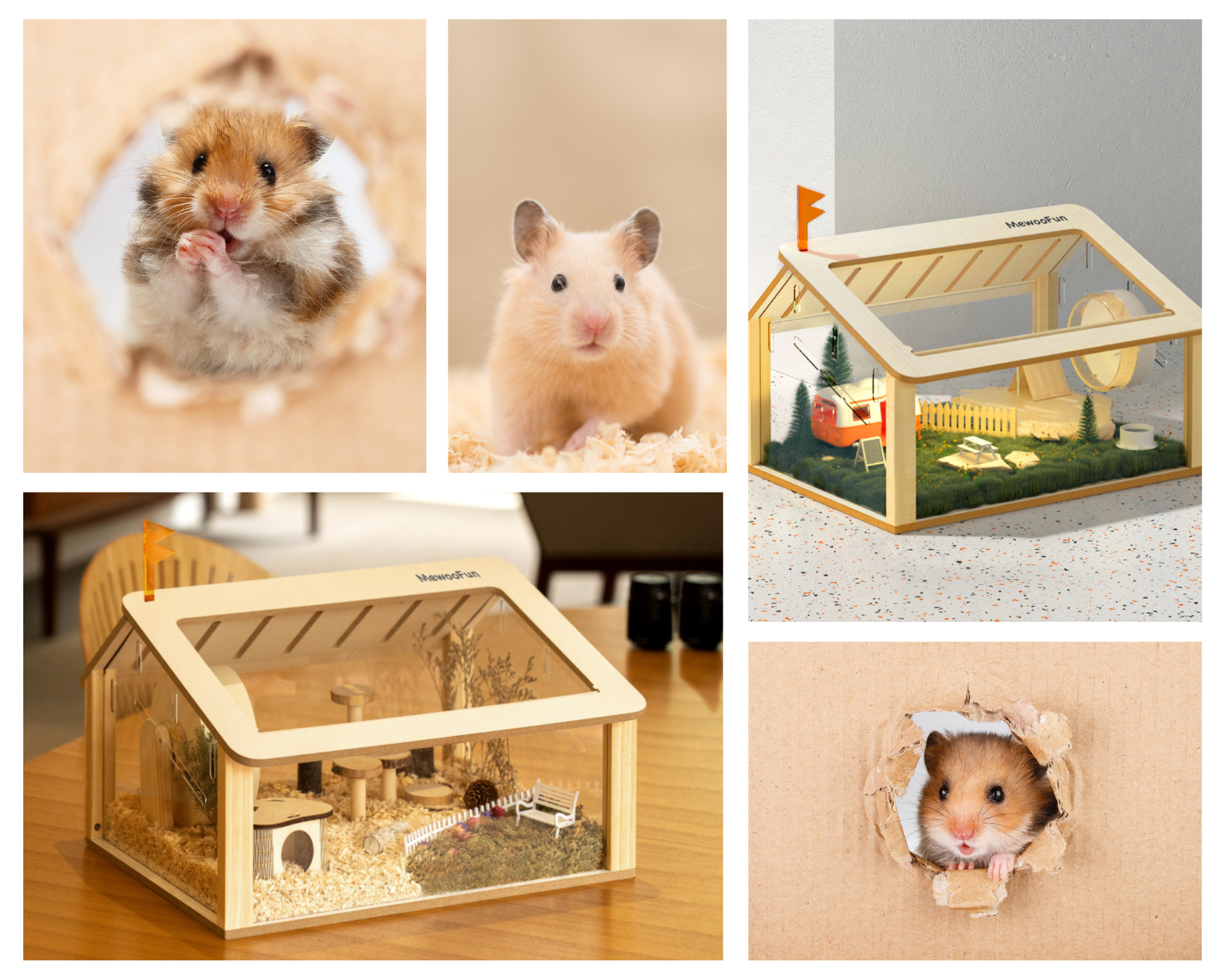What's the Right Size Cage for Your Hamster?
Aug 22, 2022
If you have a hamster or other pet that needs to live in an enclosure, then you’re likely used to thinking about how big that cage should be. But even if you’ve kept pets before, there are plenty of things to consider when you’re picking out the right size hamster cage. That’s why we’ve put together this guide on how to choose the right size hamster cage for your furry friend!

Small cages can cause stress
That might seem like it's going to save you money, but cages with smaller spacing can stress your hamster and hamsters like to burrow, so more space to explore would be preferred. If you provide a small cage, it will be a cramped and unaccommodating home for your animals. Moreover, it won't provide enough space for them to run and exercise, which can lead to health problems and make them overweight.
Larger cages are easier to clean
Larger cages are typically easier to clean than smaller ones. This is because there is more space to move around and access all areas of the cage. Additionally, larger cages often have more features, such as removable shelves and ramps, which make cleaning easier. However, it is important to remember that hamsters are small animals and do not need a lot of space. So, if you have a limited amount of space, a smaller cage may be a better option.
Runaway hamsters have less room to hide
If you have a hamster that's prone to escape, you'll want to get a cage that has less floor space. That way, your hamster will have fewer places to hide and you'll be able to find them more easily. You should also make sure that the cage has tight-fitting mesh so that your hamster can't squeeze through any gaps. It should also have a solid bottom to prevent them from escaping through small holes in the bottom of the cage. It's important to think about where you're going to put your hamster as well. For example, if you have small children who like playing with their hands or toys on the ground, then you may not want to place your hamster in an area where they might become tangled up with other objects or kids' toys.
Extra exercise leads to better health
Multiple levels boost activity


Ideal cage sizes for Syrian hamsters, Dwarf hamsters, Roborovski hamsters, Chinese hamsters, Campbell’s hamsters and Winter White Russian dwarf hamsters.
When it comes to choosing a cage for your hamster, there are a few things you need to take into account. First, you need to know what type of hamster you have. Second, you need to consider the size of your furry friend. And third, you need to think about what kind of environment your hamster will feel most comfortable in. Here is a breakdown of ideal cage sizes for different types of hamsters.
Syrian hamsters - They can live happily in a cage that measures 11 x 11 x 18. You may want to upgrade if they start to show any aggression or their territory becomes too small.
Dwarf hamsters - These little guys thrive best in cages that measure 12 x 12 x 18. If they seem agitated or territorial, then maybe you should upgrade to something bigger like the 30 Extra-Large Hamster Cage with 8 Levels and Outdoor Access by Kaytee Products.
Roborovski hamsters - The best way to accommodate these critters is with an exercise wheel (no more than 4 inches wide) and an appropriately sized hammock. A 10 x 16 wire cage would be perfect!
